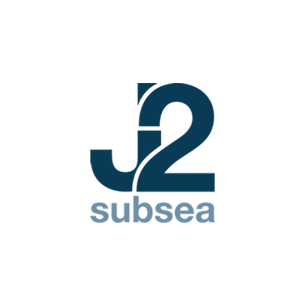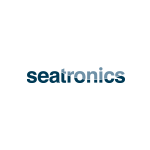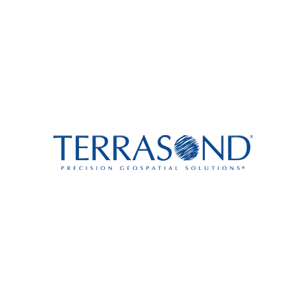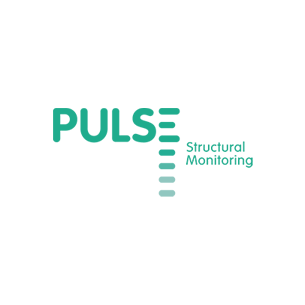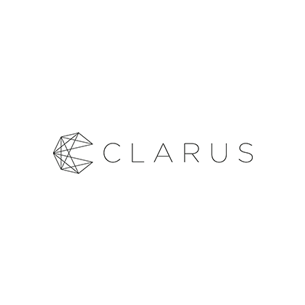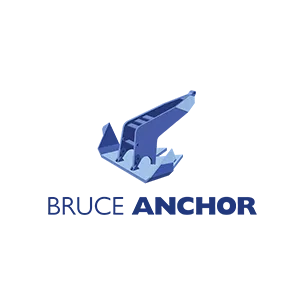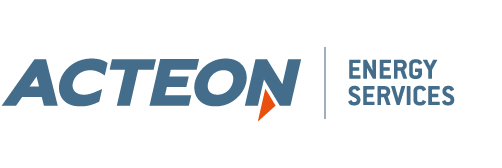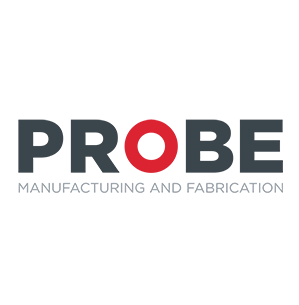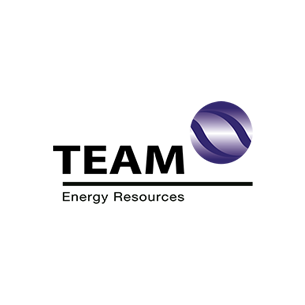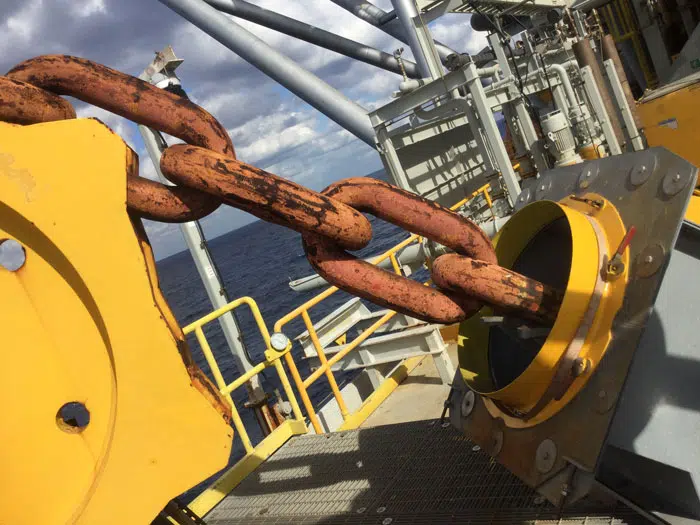A permanent mooring is defined as a mooring that will provide station-keeping for a floating facility over a period of several years with only minimal maintenance. In most cases, this will mean that the floating vessel will be engaged in energy production activities. The design period could be ten years or more and may be more than 25 years. Some ongoing projects are considering 40 – 50-year design lives.
On the other hand, a temporary mooring is one that will see service for relatively short periods (weeks or months at a time). A Mobile Offshore Drilling Unit (MODU) engaged with exploration drilling operations uses temporary moorings.
Although an international standard[1] is currently being developed, permanent moorings for Floating Offshore Wind are designed to 50-year return period metocean conditions, which is different than the 100-year return period design requirement for oil and gas permanent moorings.
Another major difference between temporary and permanent moorings involves the types of analyses performed during design. For temporary moorings, API RP 2SK recommends that strength analyses are performed to confirm that the system meets safety factor requirements to withstand 5 and 10-year storm conditions. Permanent moorings require strength analyses for 100-year conditions. They also require fatigue analyses to confirm that the mooring components will retain their strength for the longer 10 to 50-year design life.
The combination of more stringent design criteria and longer design life results in components of a permanent mooring system being larger and more resistant to corrosion and abrasion than temporary mooring components. MODUs typically use 3” (76 mm) chain while 6” (152 mm) chain is frequently used for a floating production storage (FPS). For floating wind turbines, the chain is significantly larger and heavier at 8.6” (220 mm) in diameter.
Traditionally, Anchor Handling Vessels (AHVs) have been used to install temporary moorings. Larger construction vessels are used to install heavier permanent mooring systems. However, in an effort to provide cost savings and added schedule flexibility during installation, InterMoor, a brand in Acteon’s Engineering, Mooring and Foundations Division has pushed the limits of AHVs and used them to install permanent mooring components, such as for the Delta House FPS.
[1] The current DNV standards are used: DNV-RU-OU-0512 Floating Wind Installations; DNV-ST-0119 Floating Wind Turbine Structures; DNV-SE-0422 Certification of floating wind turbines; DNV-RP-0286 Coupled analysis of floating wind turbines.
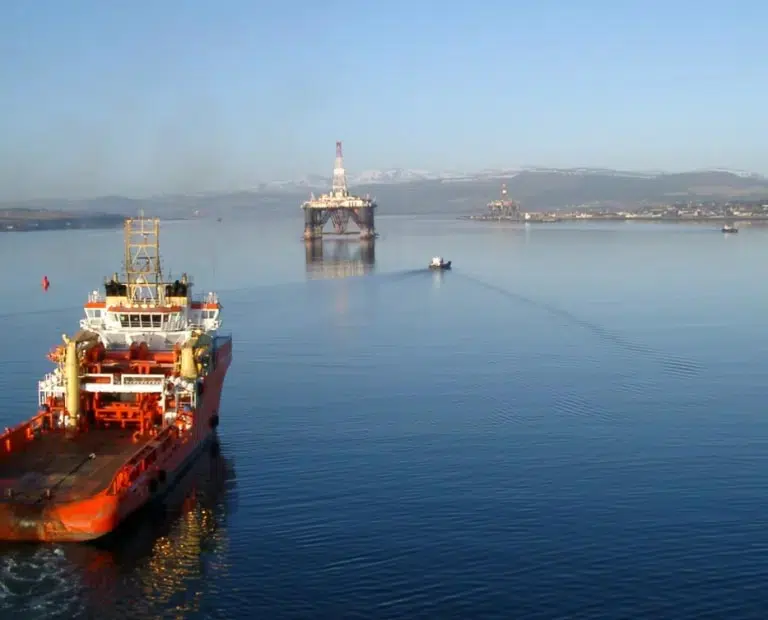
MOORINGS AND ANCHORS SOLUTIONS - REQUEST MORE INFORMATION
Acteon’s solid domain knowledge in mooring design and offshore mooring operations spans the globe. We have installed some of the largest offshore assets in all water depths. We provide an integrated service covering the entire project lifecycle, from engineering, mooring design, procurement, and installation, through to maintenance and decommissioning.

